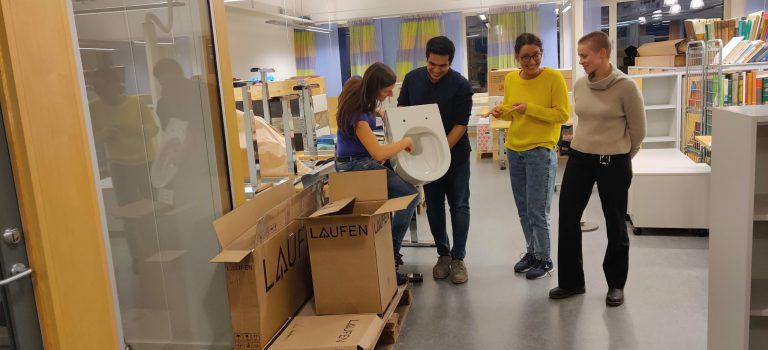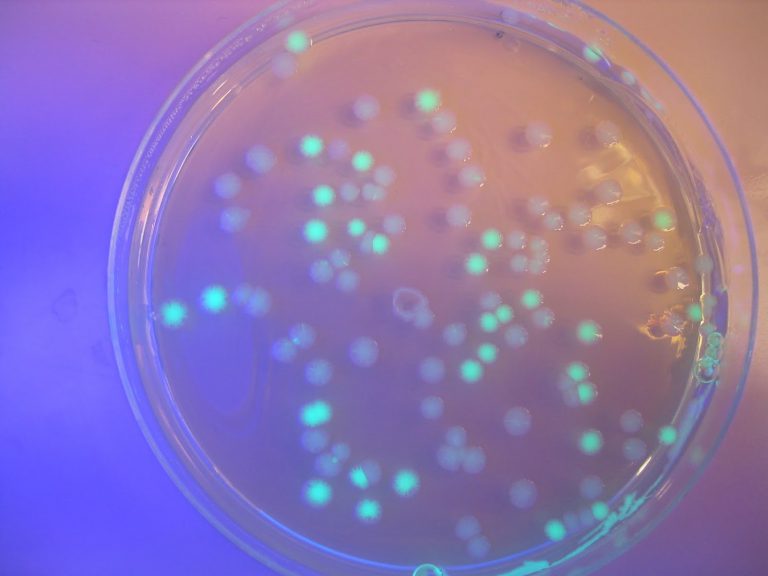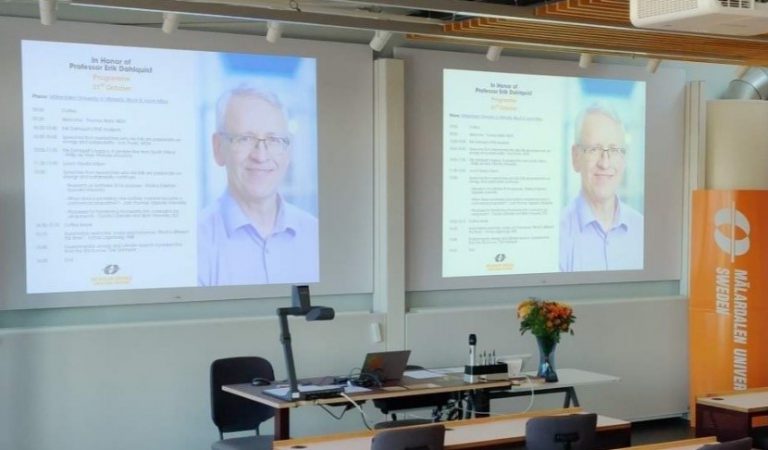The sanitation sector needs innovations with minimal environmental impacts and maximum resource recovery. Separate collection and treatment of urine is one such method. Technologies for dehydrating or concentrating urine are part of the emerging innovations that aim to increase resource recovery from human waste streams. Urine contains a majority of the nutrients found in human excreta, but also large volumes of liquid. Concentrating technologies have the potential to convert human urine into commercial-quality fertilizer and reduce transport and treatment costs. Several technologies are now being piloted around the world, however holistic studies of socio-cultural, institutional and environmental impacts are lacking.
The aim of this project is to investigate the potential for increasing the use of urine concentrating technologies. The proposed study uses a socio-technical approach to meet the following objectives: 1) investigate the potential for urine concentration to support global sustainability goals, 2) investigate the technical and market readiness of urine concentrating systems, and 3) study the socio-technical dynamics influencing urine concentrating systems in order to identify possible development strategies.







